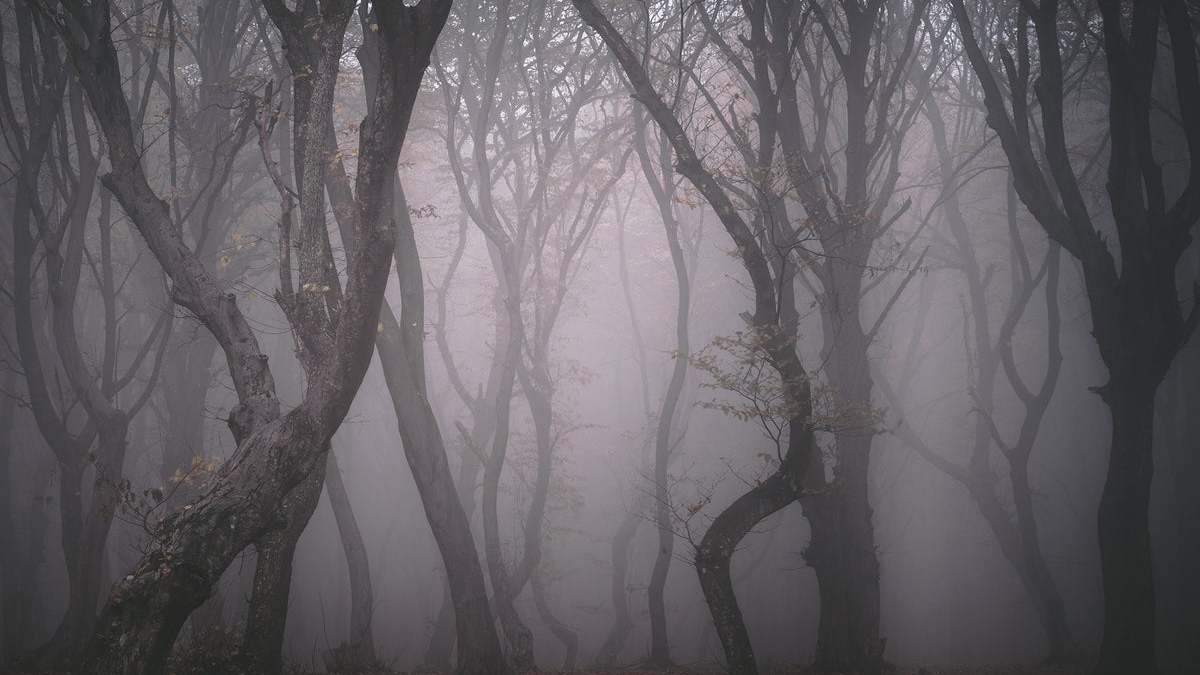Vaughan Williams’ “Fantasia on a Theme by Thomas Tallis”: Ghosts of the English Renaissance
Ralph Vaughan Williams’ Fantasia on a Theme by Thomas Tallis is filled with ghosts. Composed in 1910, this haunting single-movement work for string orchestra develops from a melody written nearly 400 years earlier by the English Renaissance composer, Thomas Tallis. Tallis’ hymn melody, one of nine written in 1567 for the Archbishop of Canterbury, is tinged with a sense of quiet mystery and lament. With continuous harmonic and metric shifts, it feels mysterious …







